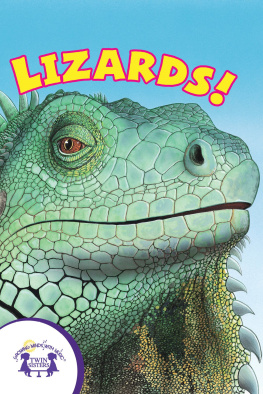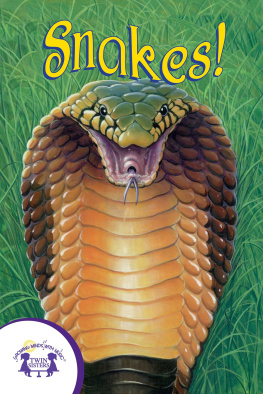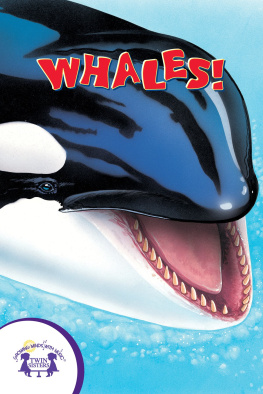Title Page
1111 Amazing Facts about Animals
Jack Goldstein
Publisher Information
Published in 2015 by
Andrews UK Limited
www.andrewsuk.com
The right of Jack Goldstein to be identified as the author of this work has been asserted in accordance with the Copyright, Designs and Patents Act 1998
Copyright 2015 Jack Goldstein
All rights reserved. No part of this publication may be reproduced, stored in a retrieval system, or transmitted, in any form or by any means without the prior written permission of the publisher, nor be otherwise circulated in any form of binding or cover other than that in which it is published and without a similar condition being imposed on the subsequent purchaser. Any person who does so may be liable to criminal prosecution and civil claims for damages.
All facts presented in this title were gained from common and reputable sources in print and on the internet. If any detail within this title is found to be incorrect, the author will be happy to correct it for future editions
Photograph Credits
Thorny devil photograph courtesy of Jarrod - lostandcold
Brookesia micra photograph courtesy of Frank Glaw, Jrn
Khler, Ted M Townsend and Miguel Vences
Frill necked lizard photograph courtesy of Matt Clancy
Panther chameleon photograph courtesy of fRandi-Shooters
Horned Viper photograph courtesy of H Krisp
Timber rattlesnake photograph courtesy of Tad Arensmeier
Indian cobra photograph courtesy of Kevin Jones
Boa constrictor photograph courtesy of Christian Mehlfhrer
Anaconda photograph courtesy of Dave Lovesdale.
Introduction
Did you know that in medieval times dogs were known to have accompanied their masters into battle wearing suits of armour? Or that cows from different regions moo in different accents? Were you aware that the courtship dance of some seahorses can last eight hours? Or that an albatross flies much further in a lifetime than the Apollo astronauts did on their moon missions? This fantastic book contains over one thousand facts about a wide range of animals, including dinosaurs, dogs, lizards, insects, sharks, cats, birds, horses, snakes, spiders and fish. So if you want to know what the wagometer was invented for, which fish the Romans used as a recreational drug or what the offspring of a donkey and a zebra is called, then this is the book for you!
Follow Jack Goldstein on Twitter @GoldsteinBooks
Visit Goldstein Books at www.jackgoldsteinbooks.com
101 Amazing Facts about Dinosaurs
The Basics
- The word dinosaur was invented in 1842 by a British palaeontologist called Robert Owen. It means terrible lizard when translated from the Greek words deinos and sauros .
- When talking about dinosaurs, one is most commonly referring to reptiles that lived on the earth between 231.4 million and 66 million years ago.
- To put this into perspective, humans have lived on the earth for around two million years, whereas dinosaurs roamed for more than eighty times that!
- This period is known as the Mesozoic era, which means middle life (referring to the age of the earth itself). It is further split into three periods: Triassic (231.4201 million years ago), Jurassic (201145 million years ago) and Cretaceous (14566 million years ago).
- The first dinosaurs were quite small, however larger species evolved through the Jurassic and Cretaceous periods.
- Dinosaurs lived on all continents of the earth - even Antarctica. During the early Mesozoic era however, the earth looked very different as all of the continents were in fact one big land mass which we now call Pangaea . It started to break up around 200 million years ago, and the continents we know today have been drifting apart ever since.
- We still do not know how many species of dinosaur there were, with estimates ranging from one to three thousand non-avian species alone.
- 66 million years ago, there was a mass extinction of dinosaurs and other animals which is known as the Cretaceous-Tertiary Extinction Event.
- Scientists believe that dinosaurs included both cold-blooded and warm-blooded species, with the larger plant-eaters almost certainly being cold-blooded and the fast, active meat-eaters warm.
- We do not know for sure is what caused the mass extinction. One popular theory amongst scientists is that a huge meteorite six miles in diameter hit Mexico that would have sent shockwaves throughout the earth, wiping out everything but the smallest species of animal. We have discovered a 112-mile wide crater that supports this theory, although it does not prove it. Another theory suggests an increase in the number of animals using dinosaur eggs as a food source, leading to dwindling numbers; yet another is a plague that quickly spread across the globe.
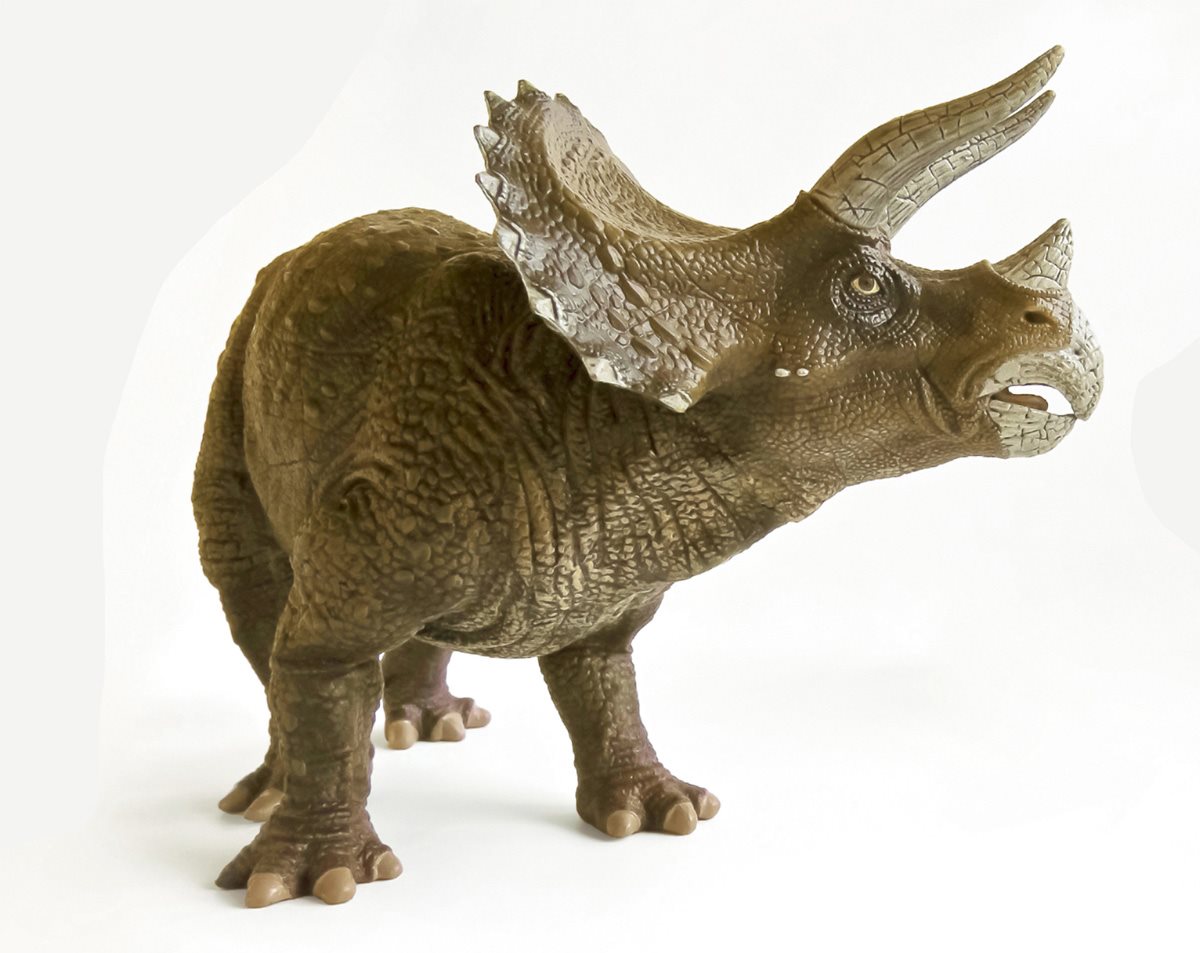
General Facts - Part 1
- Although this book does include facts and information about them, species such as the pterodactyl are technically flying reptiles and not dinosaurs; similarly plesiosaurs and the like are water-based reptiles. It is therefore more correct to call these other species prehistoric creatures .
- Someone who studies dinosaurs (and other prehistoric creatures) is known as a palaeontologist .
- Each dinosaur had its own defense mechanism. Some, obviously, had very sharp teeth and claws; others had horns or spikes, and stegosaurus had bony plates on its back - although there is some debate as to whether these were actually used as a weapon.
- Many dinosaurs, particularly herbivores, lived in herds for protection just as some species do today. These herds could range in size from just a few animals to thousands of individuals.
- The best fossils tend to come from dinosaurs that lived near water - it is thought that the soft, muddy ground has helped preserve them better than those in other dryer areas.
- Birds are the closest living relatives of dinosaurs. Next time you see a chicken, look at it very closely - you might be surprised as to just how ancient it seems!
- In fact, chickens are so closely related to the prehistoric beasts that scientist are trying to create dinosaurs by manipulating the DNA of normal chickens! Amazingly, they believe that only a few small alterations are required.
- In 1824, William Buckland became the first person to identify dinosaur bones correctly, naming a fossil megalosaurus .
- Recognition should also be given to Gideon Mantell, who discovered dinosaur teeth and bones in Sussex in 1822. However, other pioneering scientists - including William Buckland - dismissed his findings as being those of fish and other animals rather than dinosaurs!
- The first dinosaur discovery in North America was in 1854 when Ferdinand Vandiveer Hayden explored the upper Missouri river and found a collection of teeth. These were later found to have belonged to trachodon, troodon and deinodon.
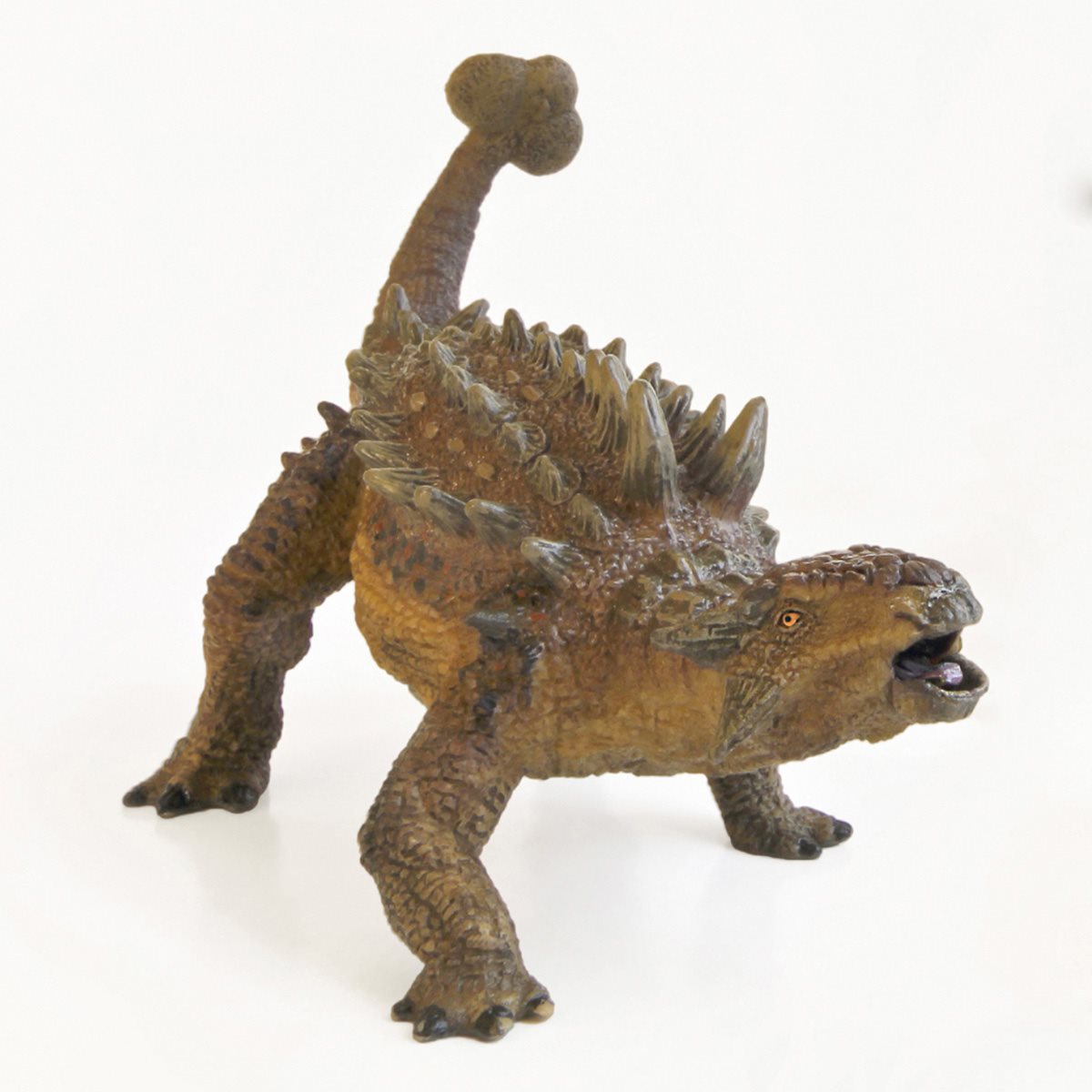
Unusual Dinosaurs
- There was a prehistoric creature which lived during the Cretaceous period called deinosuchus . It was very closely related to todays alligators - although it was around eight times as big.
- Corythosaurus had a large bony crest on top of its head, containing a large hollow chamber into which its nasal passages extended. This acted as an amplifier for sound, and it is thought that it could have had a cry much like the sound of a trumpet.
- The skull of the pentaceratops (a dinosaur with five horns on its head) was an amazing three metres long.
Next page









